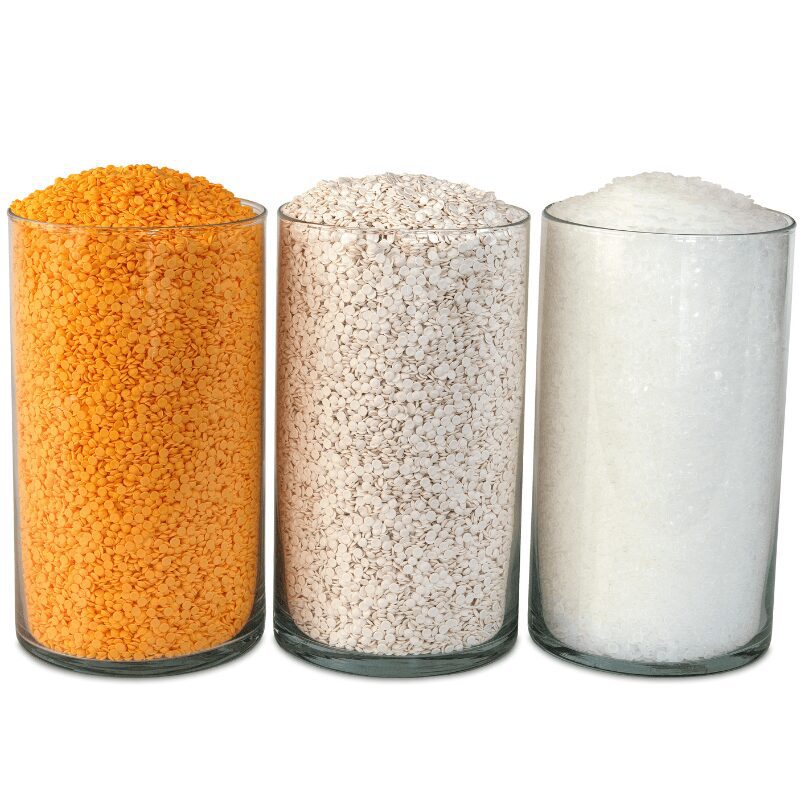Plastic jugs are an indispensable part of our daily lives. From drinking water to cleaning fluids, we use jugs of all sizes for a range of purposes. However, most people don’t realize the environmental impact of these jugs. After all, a plastic jug is not just a simple container. It has a complex lifecycle that involves various stages, from oil production to disposal. From start to finish, the lifespan of a jug is harmful to the environment and to our health. But what exactly does this lifespan look like and how long does it last? Bottleless Nation takes you on the journey of a typical plastic jug to help you better understand the implications of our plastic consumption.
Stage 1: Oil production
The first stage in the lifecycle of a plastic jug is oil production. Most plastic jugs are made from petroleum, a non-renewable resource that takes millions of years to form. The extraction, drilling, and transport of oil have significant environmental impacts, such as air and water pollution, habitat destruction, and wildlife disturbance. Moreover, the refining of oil into plastic requires enormous amounts of energy and water, emitting greenhouse gases that contribute to climate change. This stage alone has a considerable impact on the environment, and it’s just the beginning.
The transformation of oil into plastic resin is a meticulous process that unfolds over several stages. The raw crude oil is first distilled into fractions, each with varying boiling points. One of the fractions, naphtha, is crucial for plastic production. This naphtha is subjected to a process called ‘cracking’ where it is heated under high pressure, breaking it down into smaller molecules. Some of these molecules are propylene and ethylene, the primary constituents of plastic. The propylene and ethylene are polymerized, i.e., chemically combined to form long chains, resulting in plastic resin.

Stage 2: Manufacturing
Once crude oil is processed into plastic resin, it is transported to a manufacturing facility where it is turned into a plastic jug. This process involves melting the plastic pellets and molding them into the desired shape using machines. This manufacturing process of plastic jugs also requires significant amounts of energy and resources, such as electricity, water, and chemicals. Moreover, the production of plastics involves the release of harmful chemicals and pollutants, posing risks to human health and the environment.
Industrial areas that house these manufacturing facilities often bear the brunt of the ecological damage caused by plastic jug production. The emissions, waste, and noise pollution associated with these factories can disrupt the environmental balance of these regions, affecting local flora and fauna. Even more concerning is the leakage of harmful chemicals from these facilities into the surrounding water sources and wildlife areas. These pollutants can have a profound impact on aquatic ecosystems, damaging marine life and making water unsafe for consumption. This chemical leakage is a critical yet often overlooked, aspect of the environmental footprint of plastic jug production.
Stage 3: Distribution and Use
After the manufacturing process, plastic jugs are packaged and transported to various distribution centers, where they are then sold to retailers and consumers. Plastic jugs are widely used in households, industries, and businesses for various purposes such as storage, transportation, hydration, and cleaning. However, the use of plastic jugs also has significant environmental implications. For instance, most plastic jugs are single-use, meaning they are used once and then discarded. This leads to a massive amount of plastic waste that ends up in landfills or oceans, taking hundreds of years to decompose and posing risks to wildlife and human health.

Stage 4: Disposal and Recycling
The final stage of a plastic jug is the disposal and recycling stage. Recycling plastic jugs poses a significant challenge due to the complexity of the plastic composition and the recycling process. Not all types of plastic can be recycled, and often, the recycling process can only be done a limited number of times before the plastic becomes too degraded. Additionally, recycling requires energy and resources, which further contributes to environmental degradation. Moreover, the sorting and cleaning of plastic jugs for recycling are labor-intensive and often not cost-effective. This leads to a low recycling rate, with a large percentage of plastic jugs ending up in landfills, incinerators, or the natural environment.
For these reasons, it is crucial to consider alternatives to using plastic jugs. Opting for reusable containers, such as glass or stainless steel bottles, can significantly reduce plastic waste. By investing in a high-quality, durable container, you not only save money in the long run but also contribute to the reduction of plastic pollution. Further, supporting businesses that prioritize sustainability, such as those offering plastic-free packaging or refill stations, can also make a considerable difference. Raising awareness and advocating for policy changes to reduce plastic production and use are other essential steps toward mitigating the environmental impact of plastic jugs.
Why Should We Care About Our Plastic Use?
Plastic use has pervasive and far-reaching implications that go beyond individual convenience. While plastic jugs may offer a seemingly harmless method of storing and transporting liquids, their environmental impact is profound and destructive. If we continue on this path of unchecked plastic consumption, we risk causing irreversible damage to our planet and its ecosystems.
Biodegradable materials take a few weeks to months to decompose, but plastic jugs can take up to 1,000 years to break down. That means our single-use plastic items are accumulating in landfills and oceans at an alarming rate, creating a ticking time bomb for the environment.
Plastic – A Threat to Wildlife and Our Planet
The effects of plastic pollution on wildlife are devastating. Animals can mistake plastic for food, leading to harmful blockages in their digestive system, starvation, and, ultimately, death. Marine creatures are particularly vulnerable. Turtles, dolphins, seals, birds, and many fish species are known to ingest plastics, often with fatal consequences.
As plastic jugs break down into tiny particles called microplastics, they create an additional problem. These microplastics are almost impossible to remove from the environment and can enter the food chain, affecting all levels of biological life, including humans.
Moreover, the toxins released by decomposing plastics are seeping into our soil and water. These toxins can contaminate our drinking water and agricultural land, posing serious health risks to humans and animals alike.
If we continue to rely on plastics, we are not only jeopardizing wildlife and their habitats but also threatening our health and well-being. The time to act is now.
Embracing Alternatives – A Step Toward a Sustainable Future
There are sustainable alternatives to plastics available, and it’s imperative we start utilizing them. Glass, stainless steel, bamboo, and other reusable materials are excellent substitutes that significantly reduce our environmental footprint.
By making conscious choices about our consumption, supporting businesses that prioritize sustainability, and advocating for policies that discourage single-use plastics, we can collectively contribute to a healthier, cleaner future for our planet. The journey to a plastic-free world may seem daunting, but every step counts. As consumers, we hold immense power to drive change. Let’s use it wisely.
Join Bottleless Nation and Bottleless Nation Charitable Foundation as we embark on the journey to eliminate single-use plastic bottles and jugs from circulation while also supporting clean water initiatives around the world. Because together we can make a positive impact on this planet!


